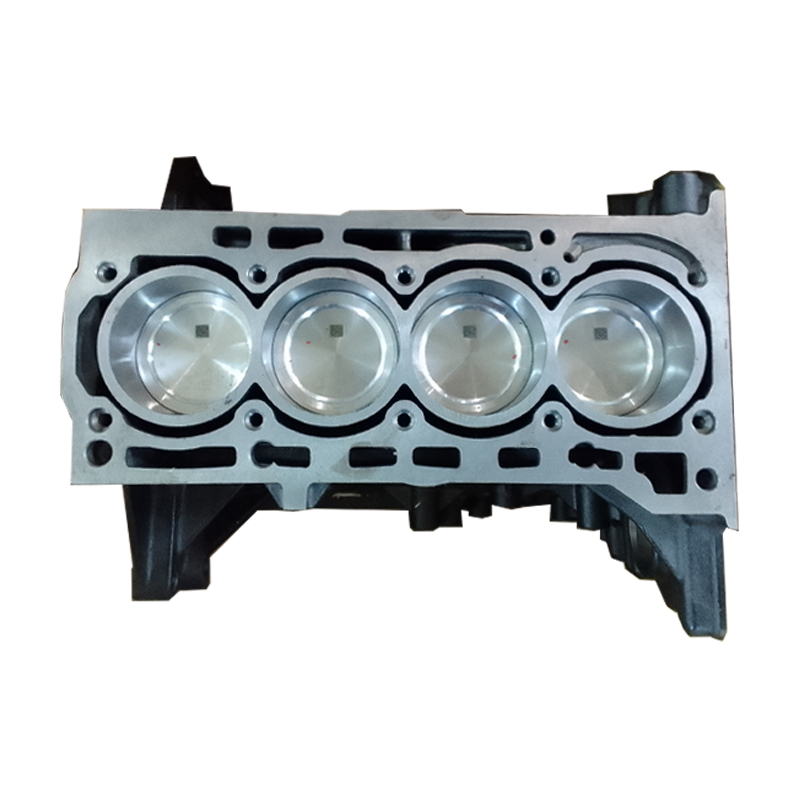Select a cutting-edge clp engine for superior results.
Select a cutting-edge clp engine for superior results.
Blog Article
Exactly How a Clp Engine Can Improve Performance in Various Industries
The development of CLP engines notes a significant change in operational effectiveness throughout various fields, driven by their ability to optimize fuel usage and lessen downtime. Industries such as manufacturing and logistics stand to obtain significantly from their durable layout and constant power output, which guarantee to enhance operations and boost efficiency. As companies increasingly prioritize sustainability alongside effectiveness, the role of CLP engines comes to be much more crucial. What remains to be seen is how these improvements will certainly form the future landscape of commercial procedures and their effect on wider economic patterns (clp engine).
Overview of CLP Engines
CLP engines, or Continual Fluid Propellant engines, stand for a considerable advancement in propulsion technology, especially for area applications. These engines use a continual feed system that enables the continual expulsion of propellant, bring about enhanced performance and performance contrasted to traditional strong or hybrid propulsion systems. By preserving a constant circulation of liquid propellant, CLP engines can accomplish much more precise thrust control, which is crucial for navigating spacecraft in numerous mission situations.
The layout of CLP engines incorporates advanced products and ingenious gas management systems. clp engine. This results in reduced weight and enhanced dependability, crucial factors for long-duration space missions. Additionally, the constant operation lessens the danger of burning instability, a typical difficulty in conventional rocket engines.

Advantages in Production
The manufacturing of Constant Liquid Propellant (CLP) engines presents several noteworthy advantages that boost both performance and cost-effectiveness. Among the primary advantages is the streamlined production process, which reduces the complexity connected with typical propulsion systems. By making use of fluid propellant, makers can accomplish better accuracy in engine efficiency, resulting in maximized energy outcome and lowered waste.
Furthermore, CLP engines assist in a higher degree of modularity, permitting easier integration into various production lines. This adaptability can considerably lower preparations and improve overall functional versatility. Using CLP innovation also has a tendency to lessen the requirement for considerable maintenance because of fewer relocating parts, which equates right into decreased downtime and functional costs.

Applications in Logistics
Leveraging Constant Liquid Propellant (CLP) engines in logistics uses substantial advantages in operational efficiency and dependability. These engines provide a durable remedy for different transport demands, making it possible for the seamless movement of items across substantial ranges. The fundamental layout of CLP engines enables for consistent power result, which converts into smoother and much more foreseeable transport routines.
One of the vital applications of CLP engines in logistics remains in heavy-duty freight transport, where they can drive both ground and airborne cars. Their ability to maintain high efficiency under varying load problems makes sure that distribution timelines are fulfilled, thereby improving consumer satisfaction. In addition, CLP engines can be integrated right into automated logistics systems, helping with real-time tracking and maximizing course planning.
Furthermore, the resilience of CLP engines decreases maintenance downtime, allowing logistics companies to optimize their operational capacities. This is particularly helpful in warehousing procedures, where efficiency in taking care of and transferring products is essential. As logistics remains to develop, the integration of CLP engines represents a forward-thinking technique that not just enhances efficiency but likewise sustains the industry's growing needs for dependability and speed.
Influence On Power Performance
Just How do Constant Fluid Propellant (CLP) engines enhance power performance in click this site transportation? CLP engines make use of a constant circulation of liquid gas, maximizing burning procedures and preserving a stable thrust outcome. This style lessens power losses connected with typical combustion engines, where gas shipment can vary and bring about inadequacies.
The constant operation of CLP engines permits a more reliable thermal cycle, resulting in greater specific impulse compared to conventional engines. weblink clp engine. This translates to lowered fuel consumption for the same quantity of work done, significantly reducing functional prices across numerous transportation sectors, including aviation and maritime markets
Moreover, the capacity of CLP engines to preserve optimum efficiency under varying tons problems decreases the demand for constant velocity and deceleration, further improving fuel performance. Improved power effectiveness not just adds to set you back financial savings yet additionally causes decrease greenhouse gas exhausts, aligning with worldwide sustainability goals.
Future Trends and Innovations
Emerging developments in Continual Fluid Propellant (CLP) engine modern technology guarantee to change the landscape of transportation performance and sustainability. As industries pivot toward greener choices, CLP engines stand at the center, incorporating innovative products and design techniques that boost efficiency while lessening environmental impact.
One of the most promising trends is the fostering of hybrid systems that incorporate CLP engines with renewable resource sources. This harmony can enhance fuel intake and minimize emissions, lining up with worldwide sustainability objectives. Furthermore, improvements in computational liquid dynamics (CFD) are helping with the layout of more aerodynamically reliable engines, bring about lowered drag and boosted gas effectiveness.
Moreover, the advancement of wise monitoring systems is readied to enhance operational performances. These systems utilize information analytics and IoT technology to optimize engine performance in real-time, ensuring that the engines operate within their most effective criteria.
As study proceeds to explore alternative propellant formulas-- such as biofuels and artificial gas-- the future of CLP engines looks encouraging. By harnessing these innovations, markets can not only boost their efficiency yet also contribute dramatically to a cleaner, more sustainable future in transportation.
Conclusion
In final thought, CLP engines stand for a substantial development in performance throughout several markets. The integration of innovative products and less relocating parts reduces upkeep demands, while alignment with sustainability objectives positions CLP engines as a critical innovation for the future.
Report this page